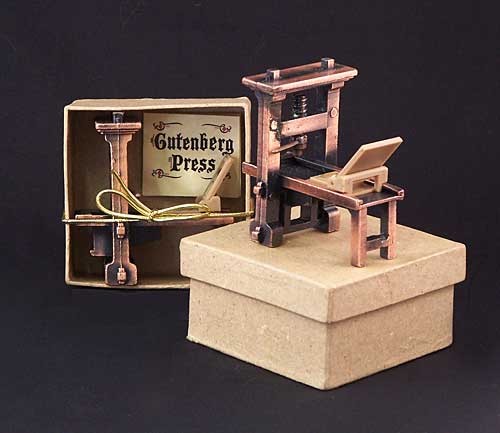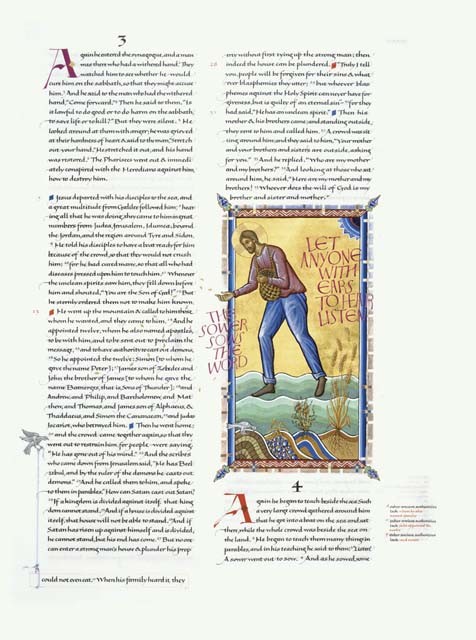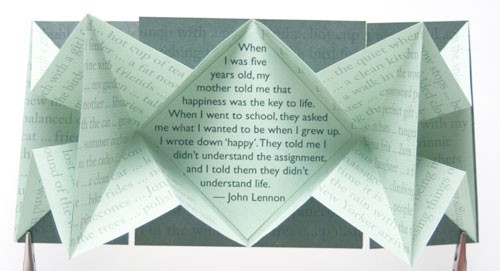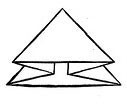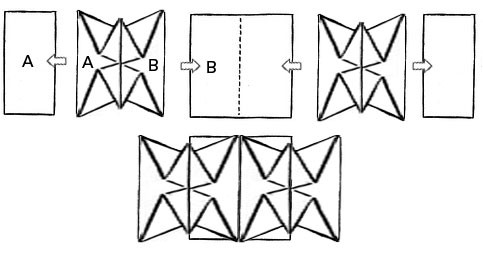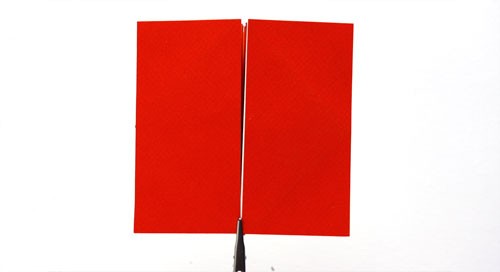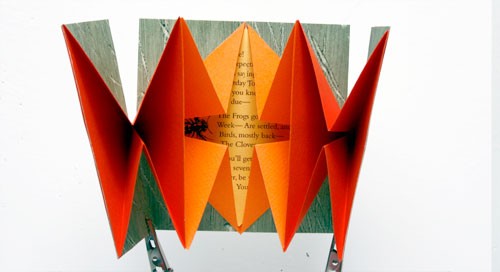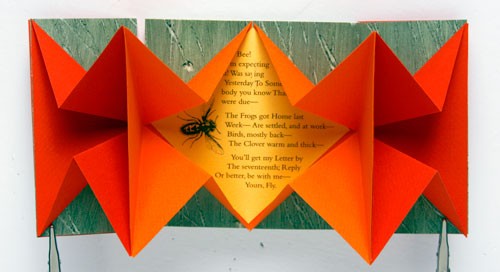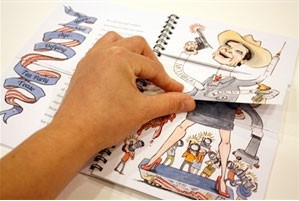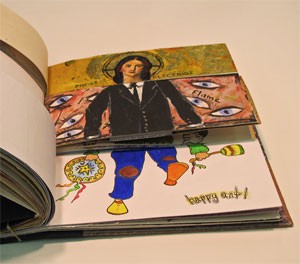 Several people commented and wrote me that the mix and match books I wrote about last week are rooted in the Exquisite Corpse game played by the Surrealists in the 20’s. Bonnie Baker enlisted over 26 artists to contribute a page to the book The Body Revisited (that’s one picture to the left). I like that the style of each contribution is radically different.
Several people commented and wrote me that the mix and match books I wrote about last week are rooted in the Exquisite Corpse game played by the Surrealists in the 20’s. Bonnie Baker enlisted over 26 artists to contribute a page to the book The Body Revisited (that’s one picture to the left). I like that the style of each contribution is radically different.
![]() The people at Idiot Books have a very elaborate version, with ten stories and matching illustrations able to recombine into 10,000 different combinations. This one doesn’t follow the rule of most exquisite corpses: that each participant is unaware of what the others have contributed. But it’s quite a feat to get all the stories and illustrations to coordinate.
The people at Idiot Books have a very elaborate version, with ten stories and matching illustrations able to recombine into 10,000 different combinations. This one doesn’t follow the rule of most exquisite corpses: that each participant is unaware of what the others have contributed. But it’s quite a feat to get all the stories and illustrations to coordinate.
![]() Poets.org has directions for a text-based version of the game. Instead of drawing a head, torso, feet, players contribute parts of sentences. Say the first gives a adjective, second a noun, third a verb, fourth a adjective, fifth a noun. Here’s the resulting poem of such a game:
Poets.org has directions for a text-based version of the game. Instead of drawing a head, torso, feet, players contribute parts of sentences. Say the first gives a adjective, second a noun, third a verb, fourth a adjective, fifth a noun. Here’s the resulting poem of such a game:
Slung trousers melt in a roseate box.
A broken calendar oscillates like sunny tin.
The craven linden growls swimmingly. Blowfish.
A glittering roof slaps at crazy ephemera.

